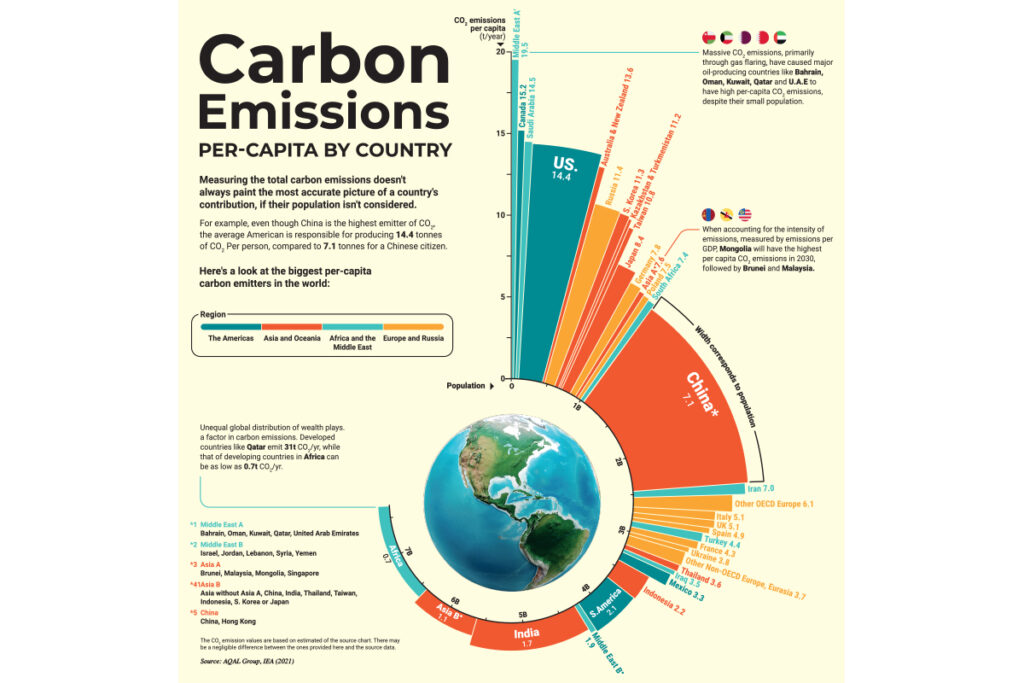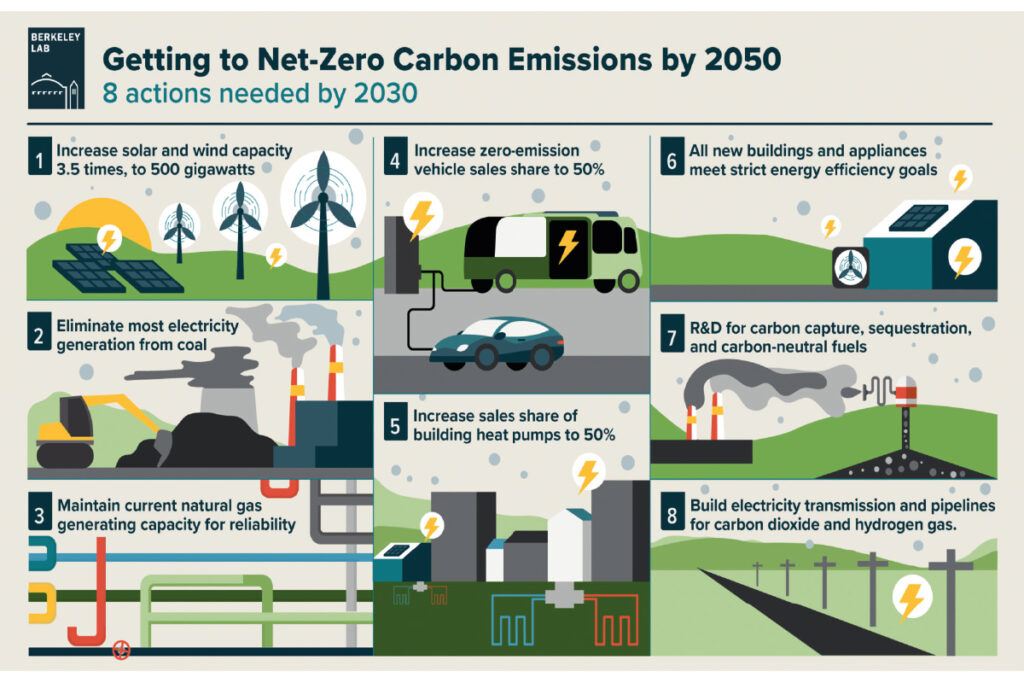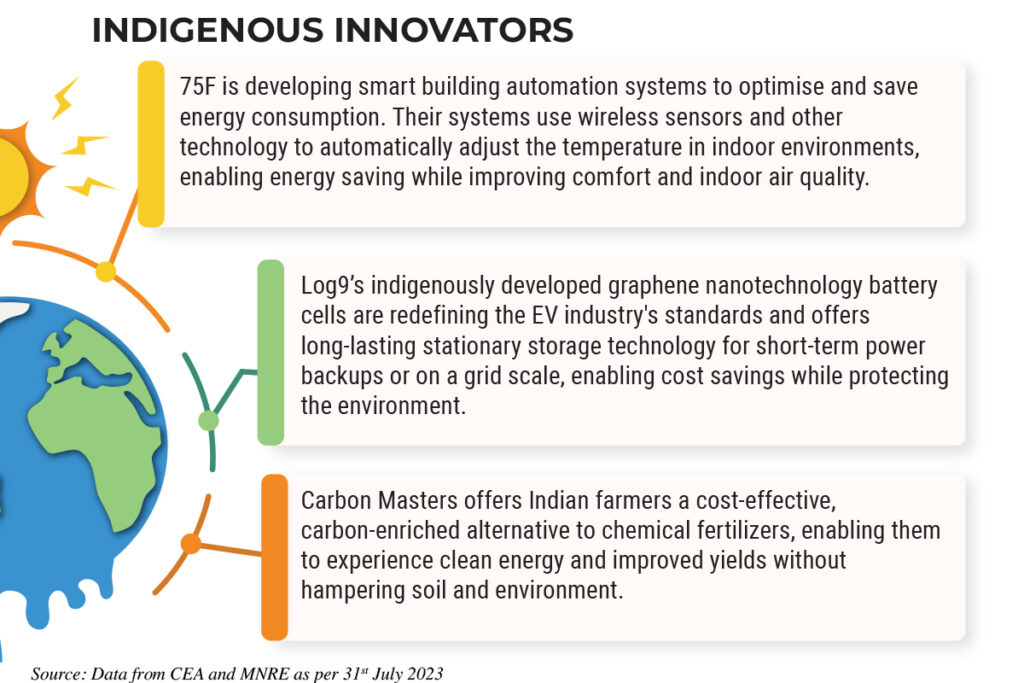We must accelerate action at all levels of society to mitigate our climate impact
Words by Karan Karayi
We’re only a little beyond halfway into 2023, and climate change events have hit us hard around the globe and at home, costing lives and livelihoods. From record-breaking cyclones in south-eastern Africa, to wildfires in the USA, Chile, and Canada, unbearable heatwaves across Asia and Europe, and flash floods in Himachal Pradesh and Uttarakhand, it couldn’t be more clear: climate change is happening here and now.

In 2018, the Intergovernmental Panel on Climate Change (IPCC) had highlighted the unprecedented scale of the challenge required to keep warming to 1.5°C. Five years later, that challenge has become even greater due to a continued increase in greenhouse gas emissions. The pace and scale of what has been done so far, and current plans, are insufficient to tackle climate change.
More than a century of burning fossil fuels as well as unequal and unsustainable energy and land use has led to global warming of 1.1°C above pre-industrial levels. This has resulted in the increased frequency and intensity of extreme weather events that have caused increasingly dangerous impacts on nature and people in every region of the world.
Towards net-zero
The innately human desire to move the needle of progress forward is one whose effects we see manifesting all around us, be it in technology gains, productivity improvements, or a greater focus on socio-economic development.
But somehow, in the midst of all this, we have missed the forest for the trees. The scale of the climate change challenge before us is massive, with the achievement of net-zero goals remaining elusive despite global commitments being made under the 2015 Paris Agreement.

That isn’t to say that no inroads have been made; tangible results have been seen from efforts made. By 2019, the global average of CO2 emissions per capita had fallen to 2010 levels of 4.8 metric tons. However, the current decade is a critical one, since CO2 emissions will need to plunge by roughly 50 percent by 2030 to reach net-zero by 2050. This calls for G20 economies needing to invest upwards of an additional $35 trillion this decade alone if we are to reach net-zero greenhouse gas emissions by 2050.

For its part, India has laid out a vision of how it will achieve its long-term goal for net-zero emissions goal in the long-term. This was done through two broadly quantifiable goals. Firstly, this involves a reduction of the emission intensity of its Gross Domestic Product (GDP) by 45% from 2005 levels by the year 2030. Secondly, India aims to achieve about 50% cumulative electric power installed capacity from non-fossil fuel-based energy resources by 2030. Together, these initiatives will help achieve a long-term goal of reaching net-zero emissions by 2070, calling for an investment of around ₹85.6 trillion by 2030, and tens of billions of dollars by 2050.
Pivoting to green energy
While India’s carbon emissions currently stands at 1.8 tons CO₂e per capita (versus the United States at 14.7 and China at 7.6), it is still the world’s third-largest emitter at 2.9 GtCO₂e (a figure that represents 4.9% of global emissions). This figure will only grow as India pursues its steep growth ambitions, and with more than 75% of India’s districts classified as hotspots for extreme climate events, this is a trend that must be reversed.
The government has set a target to reduce India’s total projected carbon emissions by 1 billion tonnes by 2030, thereby reducing the carbon intensity of the nation’s economy to less than 45% by the end of the decade, and achieve 50% cumulative electric power installed by 2030 from renewables, which translates to 500 GW of renewable energy installed capacity by 2030. That isn’t that far a stretch, as India currently has a renewable energy installed capacity of 177.736 GW as of July 2023, with plans to produce five million tonnes of green hydrogen by 2030.

With about 423 GW of installed power capacity, India’s is the third-largest producer and consumer of electricity in the world, and this will only rise as demand increases exponentially. Intensive efforts are being made to change India’s energy mix, with the country ranking 4th globally in renewable energy installed capacity, and similarly in wind power and solar power capacity.
However, it must also be noted that while most countries have pledged to achieve their net-zero ambitions by 2050, and a few (such as China, Saudi Arabia, Sri Lanka, Ukraine, Nigeria, Brazil, Bahrain and Russia) targeting 2060, India’s 2070 targets seems humble in comparison, especially when you consider that the country is responsible for 7% of greenhouse gas emissions worldwide. However, experts, such as IMF MD Kristalina Georgieva, believes that India can achieve this ambition before 2070.
Meeting these aforementioned targets calls for the development of technology to draw greenhouse gases from the atmosphere, changing the energy mix to favour one that is more renewable, as well as reducing the overall output of carbon caused by industrialised production.
The need for breakthrough climate tech
With increased focus on how to rein in global warming and climate change, the focus is shifting to climate tech innovations that can mitigate and adapt to the impacts of climate change. From renewable energy solutions to carbon capture and storage systems, and from smart agricultural practices to climate-resilient infrastructure, these take on many forms, but what they all have in common is that they reduce negative environmental impacts through improved efficiency and reduced greenhouse gas emissions.
Climate tech funding in 2022 represented more than a quarter of every venture dollar invested in 2022, with increased focus on technologies that have the most potential to cut emissions. In India, investments stood at $3.7 Billion in 2022, with companies coming up with innovative business models tailored for uniquely Indian challenges and nuances. Currently, India houses 120+ funded climate tech start-ups, which have collectively raised 200+ funding rounds from 272 unique investors across India.
With multiple sectors of the Indian economy impacted by climate change, the Indian ecosystem is ripe for climate tech innovations and investments. To do so would be prudent; according to Deloitte, conducting business-as-usual could end up costing the Indian economy more than $33 Trillion, while innovating and exporting climate solutions can add $11 Trillion to the economy.
A raft of innovators are changing the game across agriculture, mobility, and more. EV manufacturer Ola Electric, protective farming manufacturer Growit India, EV mobility solution provider BlueSmart, B2B2C climate tech fintech marketplace ClimesClimes; battery swapping network ChargeUp, carbon management company Carbon Master, charging solutions provider Statiq, and many others are some of the Indian companies operating in the space.

It is encouraging to see India take action to set things up for the decades to follow. It is not just vital to set India’s decarbonisation agenda right, but to get all key stakeholders – namely government, corporates, consumers, and civil society – pulling in the same direction. If we can do so, the growth momentum it creates can help steer our societal ship to safe harbour.


